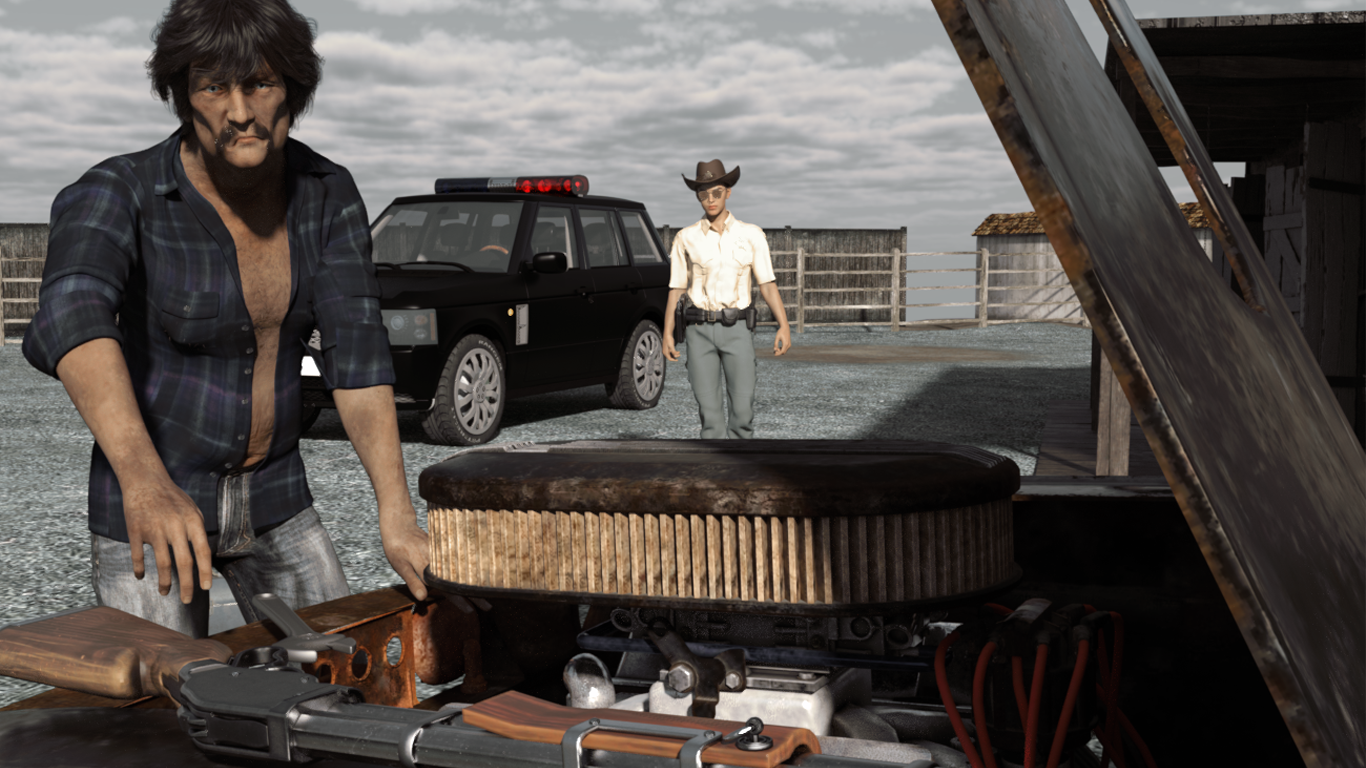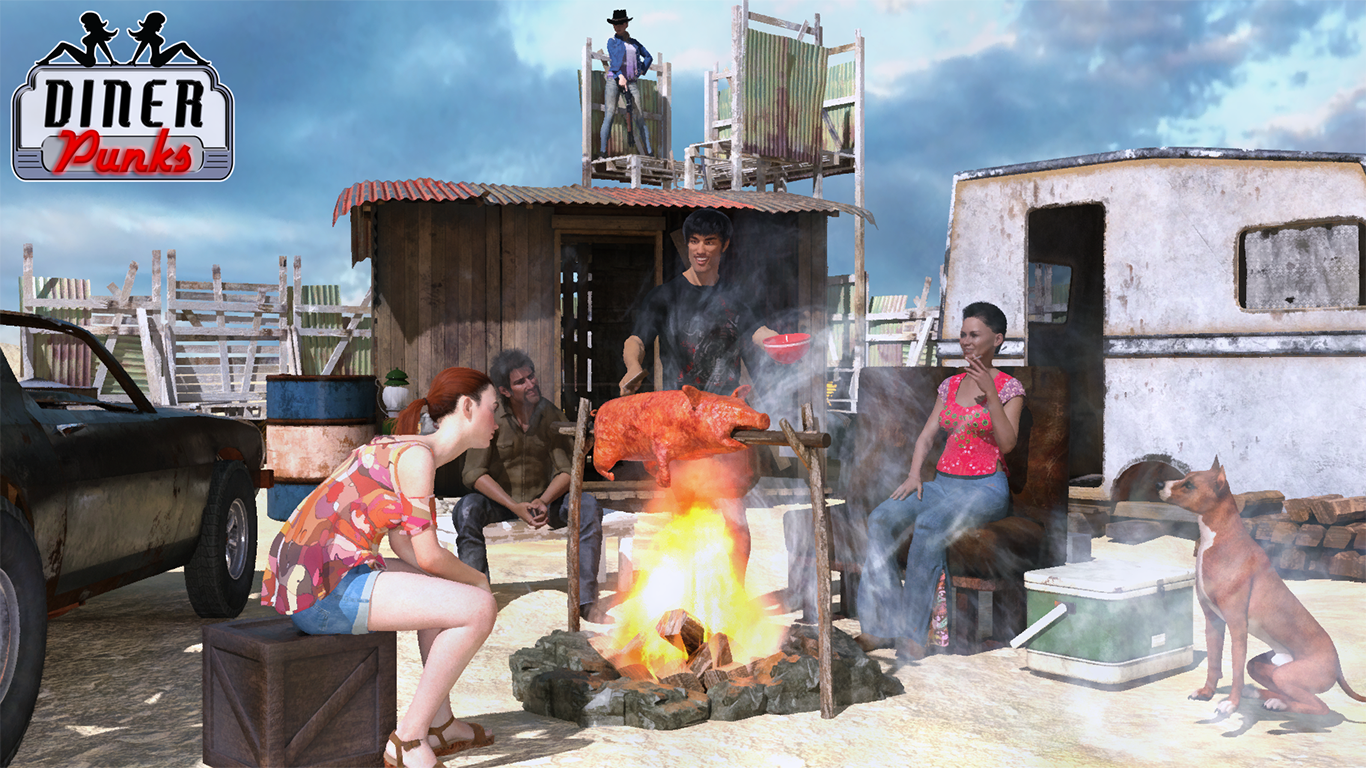We may earn money or products from the companies mentioned in this post.
I posted a while back that I’ve started work on QAGS 3rd Edition. Since I’ve spent the last 10+ years writing, rewriting, and then completely reworking versions of a completely different game system (Cinemechanix), some of you might wonder why I’ve changed course again to work on a new version of QAGS. The short answer is that something snapped into place in my brain and made me realize Q3E was the way to go. If you’re a QAGS fan who is just glad to hear about the new edition, you’re probably good to stop reading now–this will likely be a multi-part article that may or may not be interesting or entertaining to anyone. I’m writing it in part to get my thoughts in order and help myself understand what I’m trying to do with 3E a little better. So if you don’t want to read this, I completely understand.
To get to QAGS 3E, it’s probably best to start at the beginning, because there’s some important stuff about the origin of QAGS that you might not know. Specifically, that it was never meant to be a “real” game. I mean, it was supposed to work, but it really wasn’t built with anything more than the occasional quick one-shot in mind. At the time I was working on a “real” game called Anyworlds to use for “real” games. You can download the last version I worked on from my mostly-defunct kingyak.com site if you want, but it’s basically just a bland percentile-based game with all the unnecessary complications that every game in the 80s and 90s felt the need to include.
Those unnecessary complications are kind of where QAGS comes in. Back then, there weren’t many games that you could learn to play quickly. Even comedy games meant mostly as one-shots routinely had rules that were just as complicated and convoluted as the games meant to sustain years of campaign play. Take It Came From The Late, Late, Late Show, for example: I loved that game, but it could be really difficult to convince a group of people to spend an hour making a character that was almost guaranteed to die before the end of the adventure. Part of the idea behind QAGS was to come up with a simple rules set that we could use to test out new genres, settings, and game ideas without having to commit to learning a new game system. If the game was something we wanted to keep playing, we could always switch over to a “real” system once we were confident it was worth the investment of time and energy. QAGS was also meant to be something we could play just about anywhere with no preparation, which is why I decided to use a single d20 rather than the entire dice set.
There are two games that I think of as the first QAGS game. The first was a dumb superhero game that Leighton and I ran before QAGS was anything more than a vague idea. I’ve written about that one previously at The Death Cookie. [Important note: While I mention in the text that Leighton drew the characters, I want to point out that he was not responsible for the truly hideous drawing on the pictured character sheet. The character sheet was discovered and added to the article after the fact, and that terrible drawing is all mine.] The other one was one of the few actual playtests that the system got and used actual rules that I’d come up with beforehand. I’ll tell you all about that one next time.





